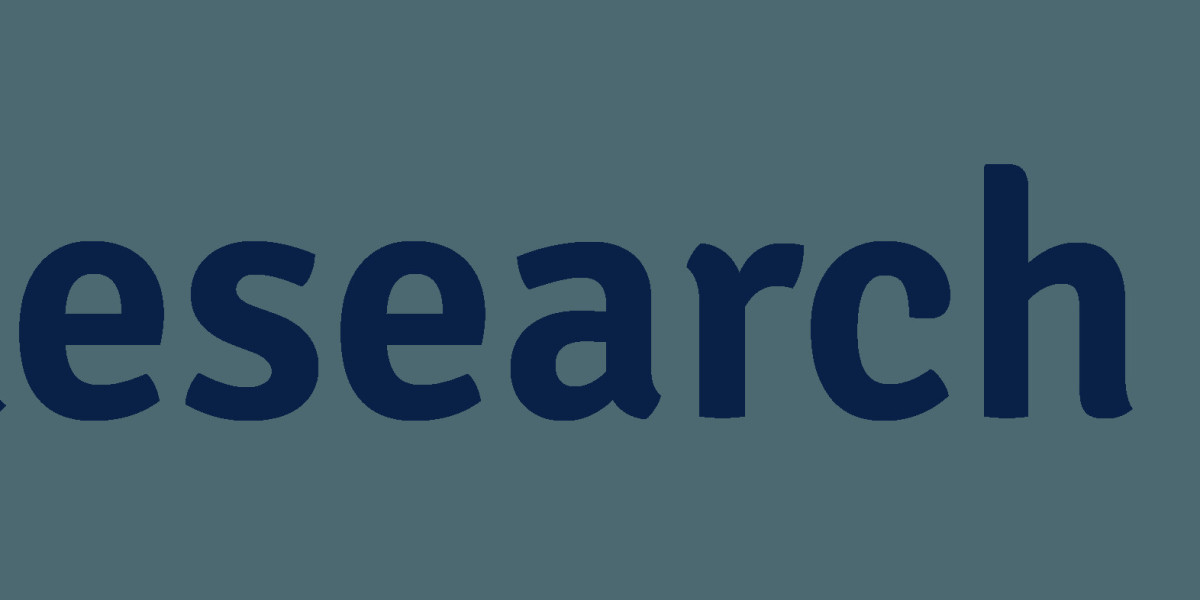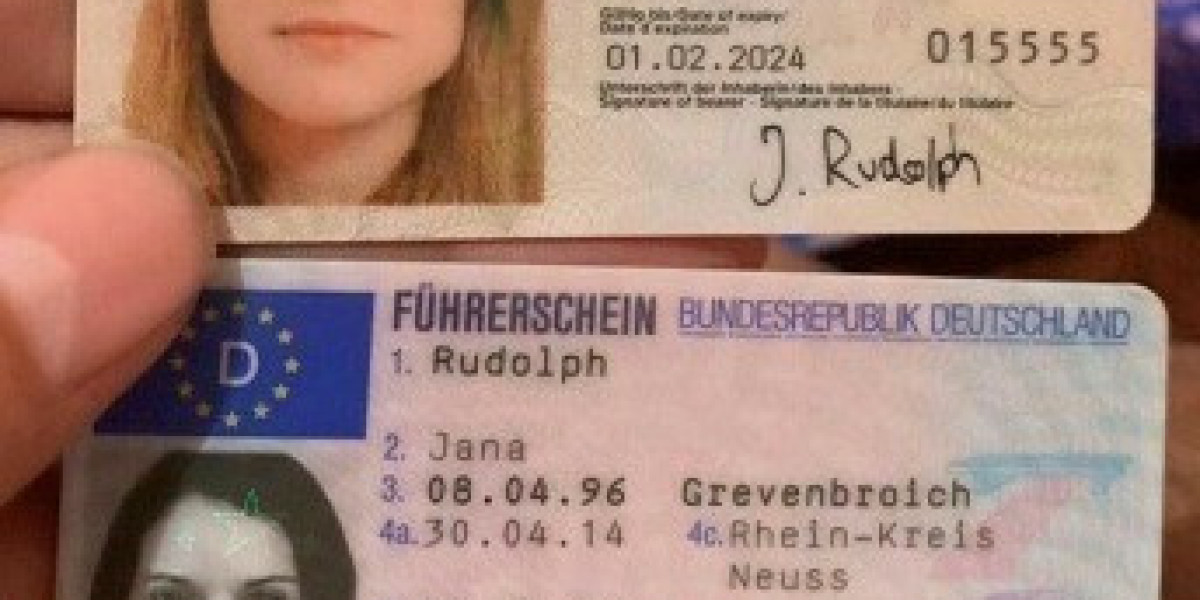Dianabol Dbol Cycle Guide, Results, Side Effects And Dosage
**How medications can cause liver injury (drug‑induced liver injury, DILI)**
| Aspect | What happens |
|--------|--------------|
| **Mechanism** | • **Direct hepatotoxicity:** the drug or its metabolite damages liver cells (e.g., acetaminophen overdose).
• **Idiosyncratic reactions:** unpredictable immune‑mediated injury after a short latent period (often within weeks to months). |
| **Common drugs that trigger DILI** | • Acetaminophen (high dose or chronic use) – classic *direct* toxicity.
• Antibiotics (e.g., amoxicillin–clavulanate, fluoroquinolones).
• Statins, anti‑epileptics, antiretrovirals, certain anticancer agents. |
| **Typical clinical presentation** | • Elevated liver enzymes (AST/ALT up to 10× normal).
• Possible jaundice or fatigue if injury is severe.
• Often asymptomatic; routine blood tests may reveal abnormal LFTs. |
| **Management** | • Discontinue offending drug immediately.
• Supportive care: monitor LFTs, bilirubin, INR.
• In severe cases (acute liver failure), consider transfer to a transplant center.
• Re‑introduce alternative medications after recovery. |
---
### 4. How the Two Issues May Be Related
| Scenario | Explanation |
|----------|-------------|
| **A patient on anti‑HCV therapy develops elevated LFTs** | The drug may be hepatotoxic or trigger immune‑mediated hepatitis; this is unrelated to HBV, but it can mask or exacerbate any underlying HBV infection. |
| **The same patient has occult HBV** | Even if the virus isn’t detectable in serum (HBsAg negative), its DNA can persist in liver cells and may reactivate during immunosuppression (e.g., interferon therapy). This reactivation could present as a flare of hepatitis that is mistaken for drug toxicity. |
| **Occult HBV + anti‑HCV treatment** | The patient’s immune response to the antiviral therapy might inadvertently stimulate HBV replication, leading to liver injury that overlaps with or mimics antiviral drug-induced hepatitis. |
Thus, the interplay between occult HBV infection and hepatitis C antiviral therapy can complicate diagnosis, management, and prognosis of hepatitis in patients.
---
## 4. Clinical Implications
| Situation | Considerations |
|-----------|----------------|
| **Occult HBV + HCV Co‑infection** | - Test for HBsAg *and* HBcAb prior to starting anti‑HCV therapy.
- If occult HBV is detected, consider prophylactic lamivudine or tenofovir during and after anti‑HCV treatment. |
| **Anti‑HCV Therapy (e.g., DAAs)** | - Monitor ALT/AST during therapy; significant elevation may indicate HBV reactivation.
- Repeat HBsAg and HBV DNA if liver enzymes rise. |
| **Post‑TACE or other hepatic interventions** | - Evaluate for occult HBV; prophylaxis is warranted in patients with any serologic evidence of HBV exposure. |
| **Vaccination** | - If patient is HBsAb negative, vaccinate after completing anti‑HCV therapy to achieve immunity before potential reactivation risk. |
---
## 4. Summary Flowchart (Textual)
1. **All HCC Patients → Test for HBV**
- HBcAb ± HBsAg ± HBsAb
2. **HBsAg + or HBcAb + → Suspect Past or Ongoing Infection**
3. **If HBcAb + and HBsAg‑ (Past Infection)**
- Test for HBV DNA (viral load)
- If DNA > 10³ copies/mL → Active replication → Consider antiviral therapy
4. **If HBcAb + and HBsAg‑ and DNA < 10³**
- Monitor; no immediate treatment
5. **If HBsAg + (Active)**
- Test for viral load
- Initiate antiviral therapy regardless of load (especially in cancer patients)
6. **Follow-up**
- Repeat HBV DNA at 3‑month intervals until undetectable
- Continue prophylaxis for 12 months after treatment cessation
---
## 4. Key Points & Take‑Home Messages
| Topic | Practical Implications |
|-------|------------------------|
| **HBV infection in cancer patients** | ~20% prevalence; high risk of reactivation during chemo/radiation/targeted therapy. |
| **Screening algorithm** | Anti‑HBc alone is cost‑effective for screening most patients; confirm with anti‑HBs if positive; test HBsAg if needed (e.g., before transplant). |
| **Risk stratification** | Use the table above to decide whether prophylaxis or pre‑emptive monitoring is required. |
| **Prophylactic antiviral therapy** | Start entecavir/tenofovir 1–2 weeks before chemo; continue for at least 12 months after completion (or longer if immunosuppression continues). |
| **Pre‑emptive monitoring** | For high‑risk groups, check ALT and HBsAg every 4–6 weeks during treatment. Treat with antiviral therapy upon ALT rise or HBsAg detection. |
| **Special considerations** | In transplant recipients or patients on prolonged rituximab/corticosteroids, extend prophylaxis beyond the standard period. |
---
## Key Take‑away
- **Risk stratification** (baseline ALT, HBsAg/HBcAb status) is essential.
- **Standard of care**: For all HBsAg‑positive patients, use antiviral prophylaxis; for high‑risk HBsAb‑positive patients, consider prophylaxis or at least close monitoring with prompt treatment if reactivation occurs.
- **Monitoring** should be performed at baseline and then every 3–6 weeks during the period of immunosuppression (and https://i-medconsults.com/ often 6–12 months after cessation).
By following these guidelines, clinicians can effectively prevent HBV reactivation in patients undergoing chemotherapy for malignant tumors.








